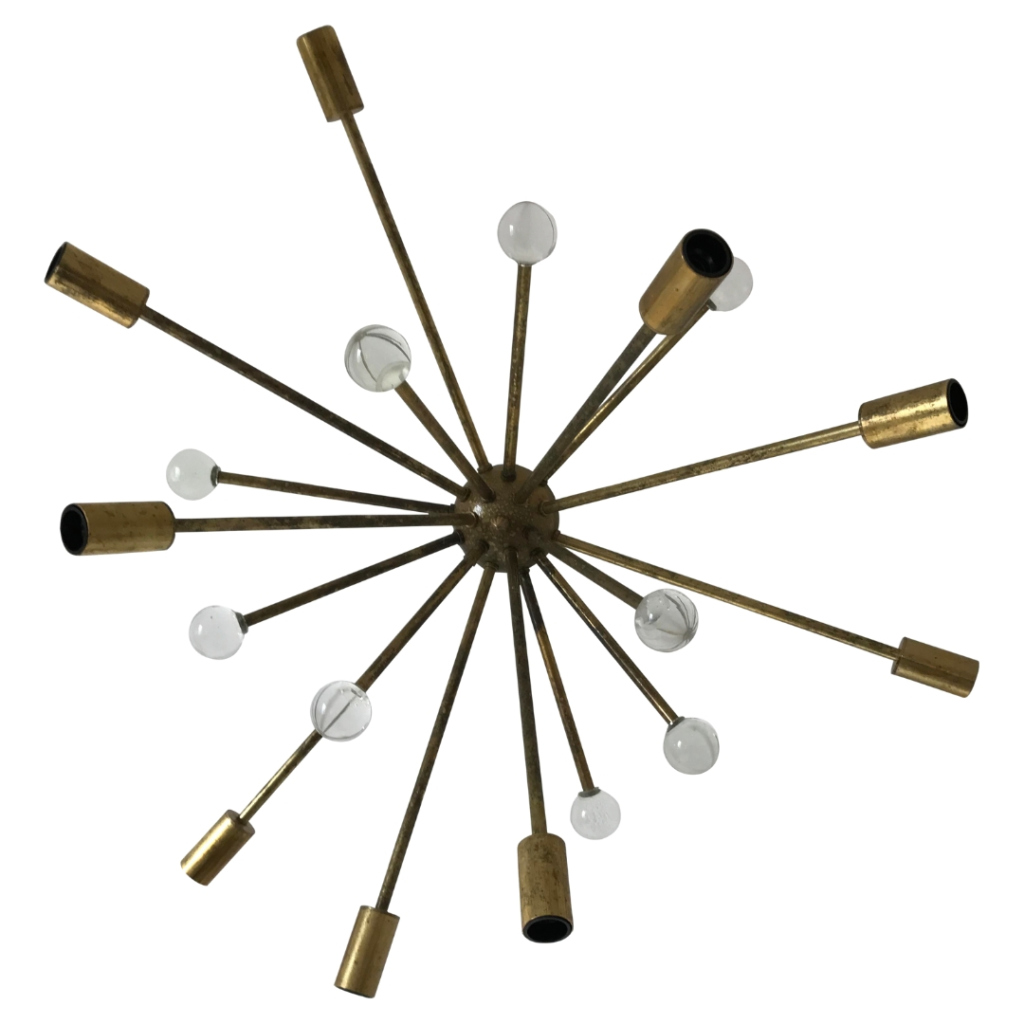It's oiled teak, ya?
Give it a good rub with some naphtha on a clean rag to remove any grime, lightly sand with the grain up to P400, and re-oil. Simple as that.
Nicks, dents, and scratches are generally considered honest wear rather than "damage". Don't sweat them. People often do more harm than good by going overboard.
tktoo, I am surprised that...
tktoo, I am surprised that your first recommendation would be to sand, even lightly. Often, when people use the term "refinish", you can instead simply "recondition" with various solvents and/or oils and enhance the existing patina. Even light sanding will remove this outer coating.
I would recommend replacing the sanding step with 0000 steel wool and neutral Restore-a-Finish, then oil afterwards. If the RAF step doesn't do the job finish-wise, you can always sand as a last resort.
Light hand-sanding
with fine paper helps to open the grain a bit, I think, while #0000 steel wool might help used with a solvent for initial cleaning (which, sometimes, is all that's needed). But everyone has their own approach. I like steel wool for final rubbing out of film finishes.
"Restore-a-finish" and like products aim to re-amalgamate film finishes such as traditional varnish, I think? Maybe I'm wrong. It's been a long time since I've looked at any. And oil finishes are not film-forming when used properly.
Again, though, I have no problem with folks using products that they have had success with in the past.
My preferred method is to
go over the wood with #0000 steel wool and Star-Brite teak oil (Ace Hardware carries it). It has no varnishes added that I know of and it loosens dirt quickly. The amount of solvent in it seems quite a bit less than in similar oils; I'm comfortable using it indoors without a respirator. You just have to make sure you wipe it off completely and then buff after an hour or two. A film of it left on will just get gummy rather than hardening.
Caveat Emptor - or Caveat Laboro, perhaps
Worker Beware.
Far be it for me to disagree with my good friends on the forum, but...
I have been told by woodworkers, drum makers, and woodturning artisans NEVER to use steel wool of any grade on wood.
The metal fibers can embed themselves in the grain and ruin the finish.
An extremely fine sandpaper would certainly do the same trick without any question of a refinish.
In my experience, cleaners and conditioners like Scott's Liquid Gold make scratches disappear - albeit temporarily - and the item will shine like new. It will dry out over time, so if you don't like it, it isn't permanent. It certainly preserves the integrity of the original piece in a way that sandpaper, steel wool, or any refinishing medium would.
Just my 2 cents.
Laced throughout this
useful discussion are references to film finishes and to raw, oiled wood -- two very different finish conditions which call for different approaches. Taking that into account, and applying the appropriate suggestions for renewing an oil-finished teak household object, the OP will be able to take the next step.
The term "sanding" means either of two things: aggressive material removal (shaping), or texture modification. I strongly agree with the observation that nicks, dents, and other damages which involve missing or compressed material, should be left as is on historic art objects, rather than being obliterated by the removal of further material -- and the unavoidable reshaping that results.
The lore of steel wool preparation.
is based on problems reported in various accounts.
Theoretically, iron particles break off and become embedded within open pores of certain open-grained species like oak and react with natural tannins to produce spots of blue-black staining that can only be mitigated by subsequent treatment with oxalic acid.
Personally, I have never observed this in practice, but then I have never used steel wool other than to dull film finishes. There are non-ferrous metal wool substitutes available to those for whom this possible reaction is a concern. I have used various nylon abrasive pads such as Scotch-Brite for initial cleaning along with white solvent with good results.
Sanding with graded papers is a matter of degrees and is often misinterpreted. Deciding on appropriate grade is best judged by experience. A common mistake is to start with too coarse and skip to too fine. Finish-sanding by hand should never mean "shaping". If you can imagine a pattern of successively shallower scratches, it can help to understand the good advice to "work through the grades". It really does help to lessen overall effort and produce superior results.
Top-coating with a finish, be it oil or a film-forming "varnish", is always ideally applied to a "raw" wood surface for maximum adherence. Maintenance of an oxidized "historic" surface or original patina may require require more specific treatment, but, really, folks, we're discussing a Dansk ice bucket here.
If you need any help, please contact us at – info@designaddict.com









